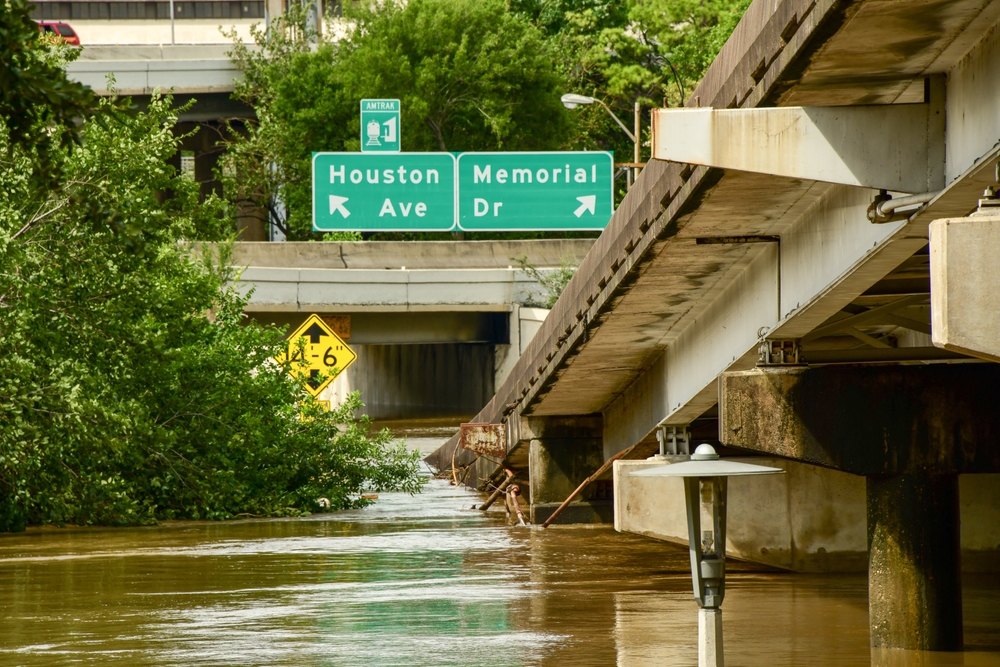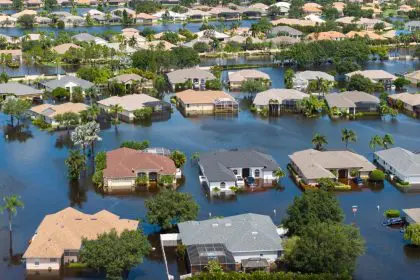Houston has wrestled with water for decades, its low-lying sprawl and proximity to the Gulf making floods a relentless foe. By April 2025, climate change and urban expansion have intensified the threat, with storms dumping record rainfall across the region. Yet a wave of engineers and activists, most under 40, is fighting back with five groundbreaking innovations. Their efforts, rooted in technology and grit, aim to protect a city long battered by nature’s deluge.
Sensors map the rising tide
A group of young engineers has deployed a network of compact sensors across Houston’s bayous and drainage systems. Powered by solar energy, these devices track water levels and rainfall in real time, feeding data to a public platform. Unlike older setups with limited reach, this system blankets 70% of the city’s flood-prone zones, offering early warnings that outpace traditional forecasts.
The initiative began as a university project and has grown into a citywide tool. Tests in 2024 showed it could pinpoint flooding hotspots within 15 minutes of heavy rain, giving residents and officials a head start. The team plans to expand coverage by 2026, banking on low-cost tech to outmaneuver rising waters.
Porous surfaces curb runoff
Activists in their 20s and 30s have pushed Houston to rethink its pavement addiction. Their pilot projects swap asphalt for permeable materials in parking lots and public spaces, letting rainwater soak into the soil. Early results from 2024 showed a 35% drop in runoff at test sites, easing pressure on the city’s strained drainage.
These efforts lean on recycled materials to keep costs down, a practical twist that’s won over local leaders. In flood-weary neighborhoods, the surfaces have turned soggy lots into usable ground. City officials are now weighing a wider rollout, impressed by the blend of simplicity and impact.
Homes that ride the waves
A team of engineers has introduced a daring fix, homes that float during floods. Anchored to flexible bases, these structures rise with water levels, staying dry when streets submerge. Three test builds along Houston’s waterways have weathered storms since 2024, proving the concept in a city where 60% of the county lies in a floodplain.
The designs borrow from flood-prone regions abroad, tweaked for Houston’s humid, storm-lashed climate. Though 15% pricier than standard homes, they offer a lifeline for flood-zone residents. Developers are taking note, drawn by a solution that sidesteps rebuilding after every downpour.
Rooftops turn green and absorbent
Young activists have seeded a quiet revolution atop Houston’s buildings. Their campaign has blanketed a dozen downtown roofs with plants that soak up 65% of rainfall, cutting the stormwater that clogs city pipes. Launched with small grants, the project also cools structures, trimming energy bills by 10% in summer trials.
The idea has spread beyond offices to schools and warehouses, driven by volunteers who plant and tend the greenery. Planners see potential to scale it citywide, a low-tech win that doubles as a flood buffer and urban oasis. The goal is 40 more roofs by 2027, a modest start with outsized promise.
Tunnels channel the surge
A trio of engineers has pitched an ambitious fix, vast tunnels to shunt floodwater to the Gulf. Spanning dozens of miles beneath the city, the network could divert 20% of a major storm’s volume, easing the chaos of events like 2017’s Hurricane Harvey. Estimated at $1.8 billion, it’s the costliest idea here, but simulations back its muscle.
The concept draws on global models, refined with Houston’s flat, soggy terrain in mind. Talks with local flood authorities gained traction in 2024, fueled by data from recent rains. Funding looms as the biggest hurdle, but the team’s persistence has turned a long-shot into a contender.
Youth reshape a soggy city
These five innovations mark a turning point for Houston, where young minds are tackling a problem older generations struggled to tame. Sensors and tunnels flex technological might, while permeable pavements and green roofs tap nature’s own playbook. Floating homes bridge both worlds, offering a radical rethink of living with water.
The challenge is steep. Houston’s 2.3 million residents face storms that have grown 12% wetter since 1990. Yet this new guard, armed with ingenuity and a refusal to settle, is carving a path forward. Their fixes aren’t a full cure, but they signal a shift, less about battling floods, more about bending with them. For a city built on a swamp, that might be the smartest move yet.














